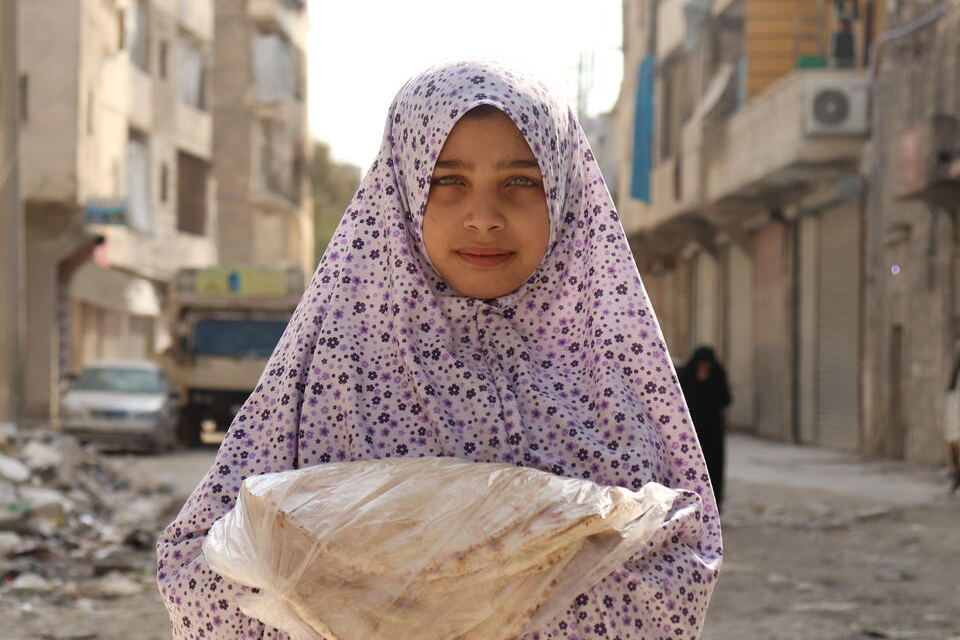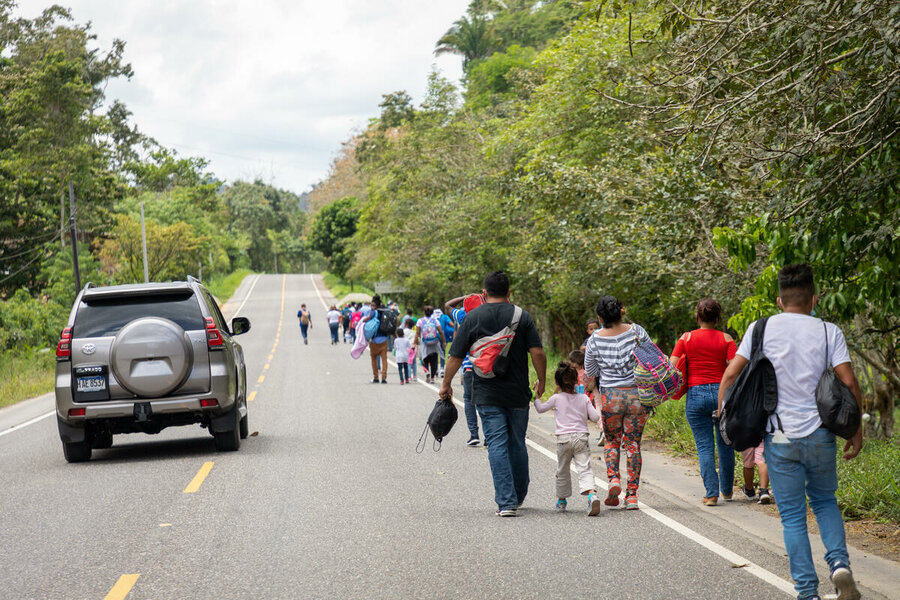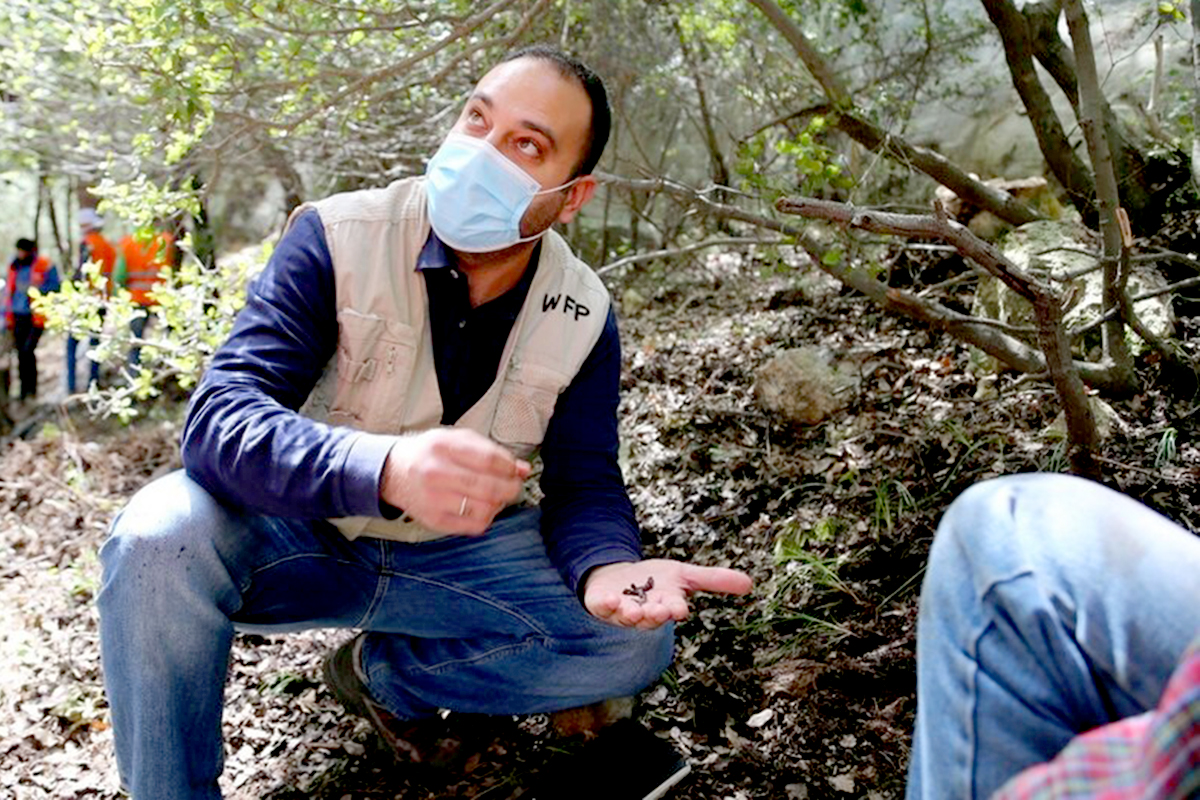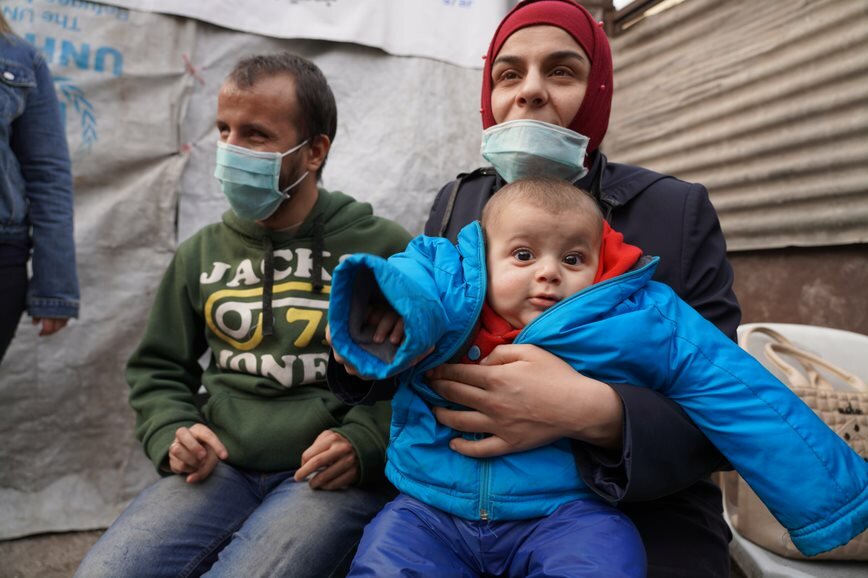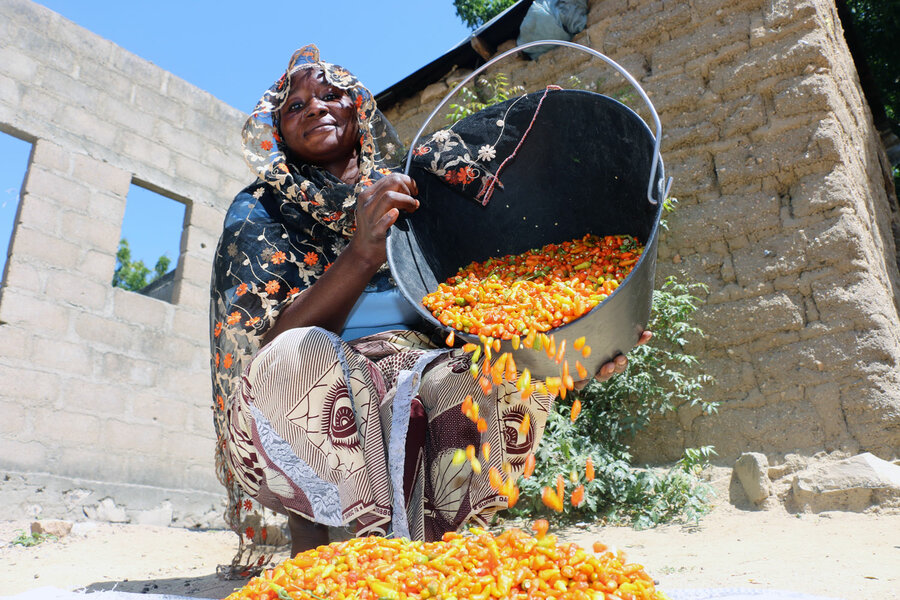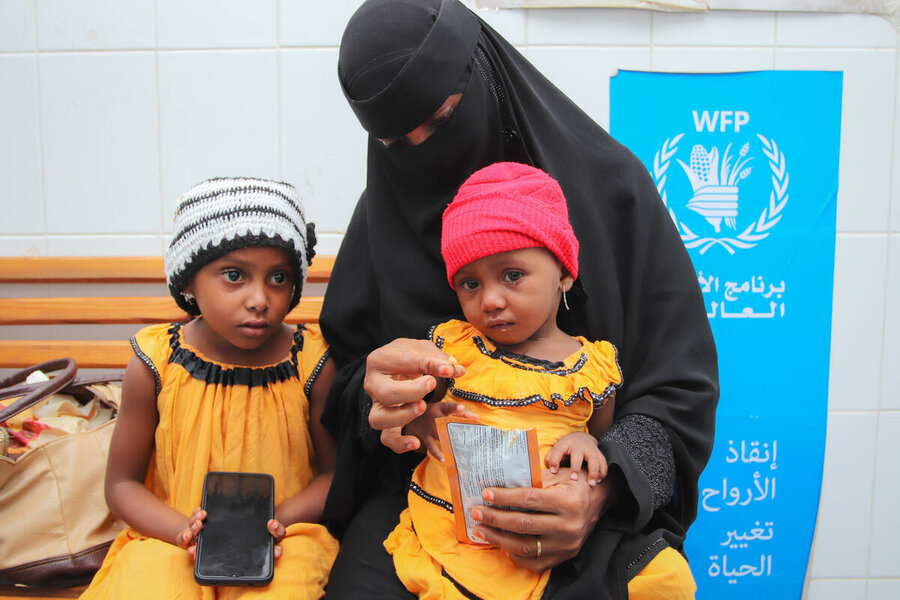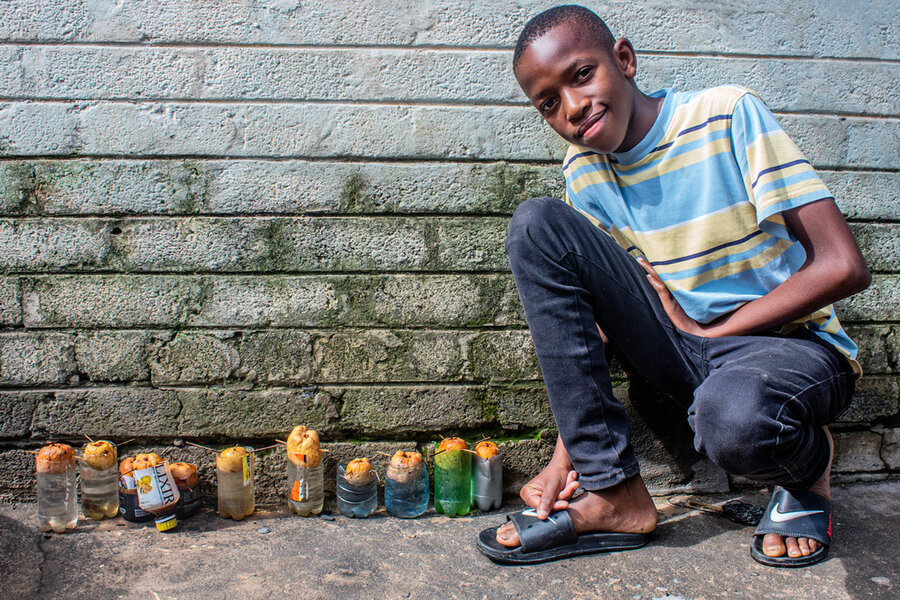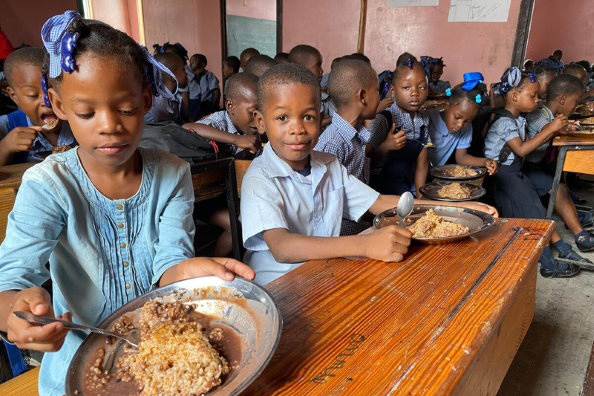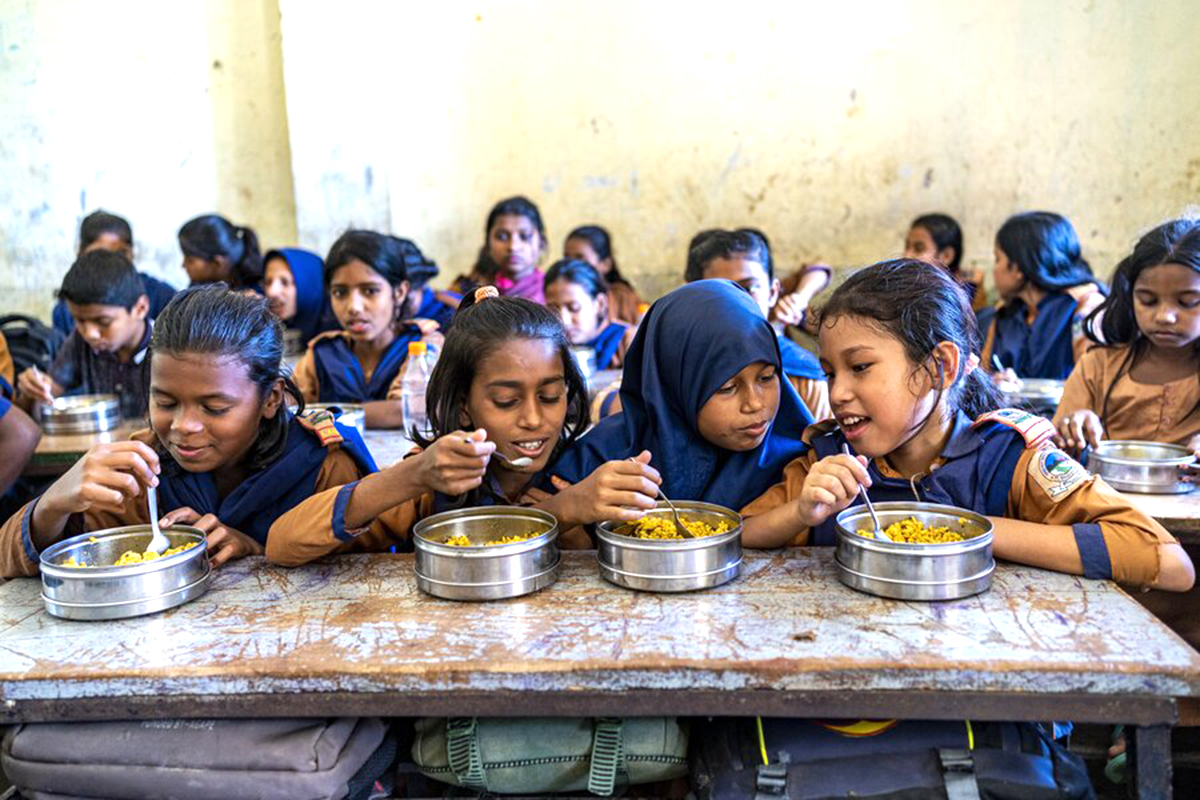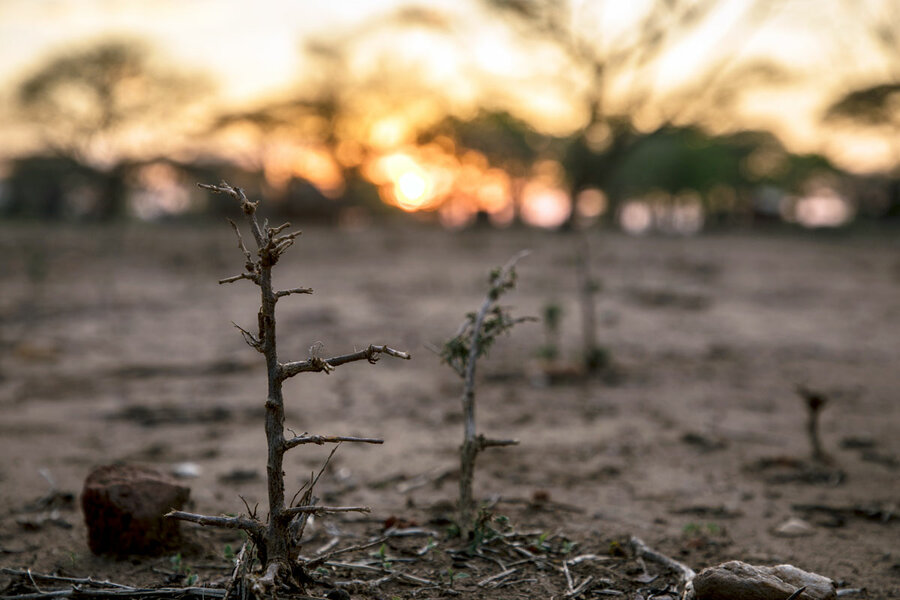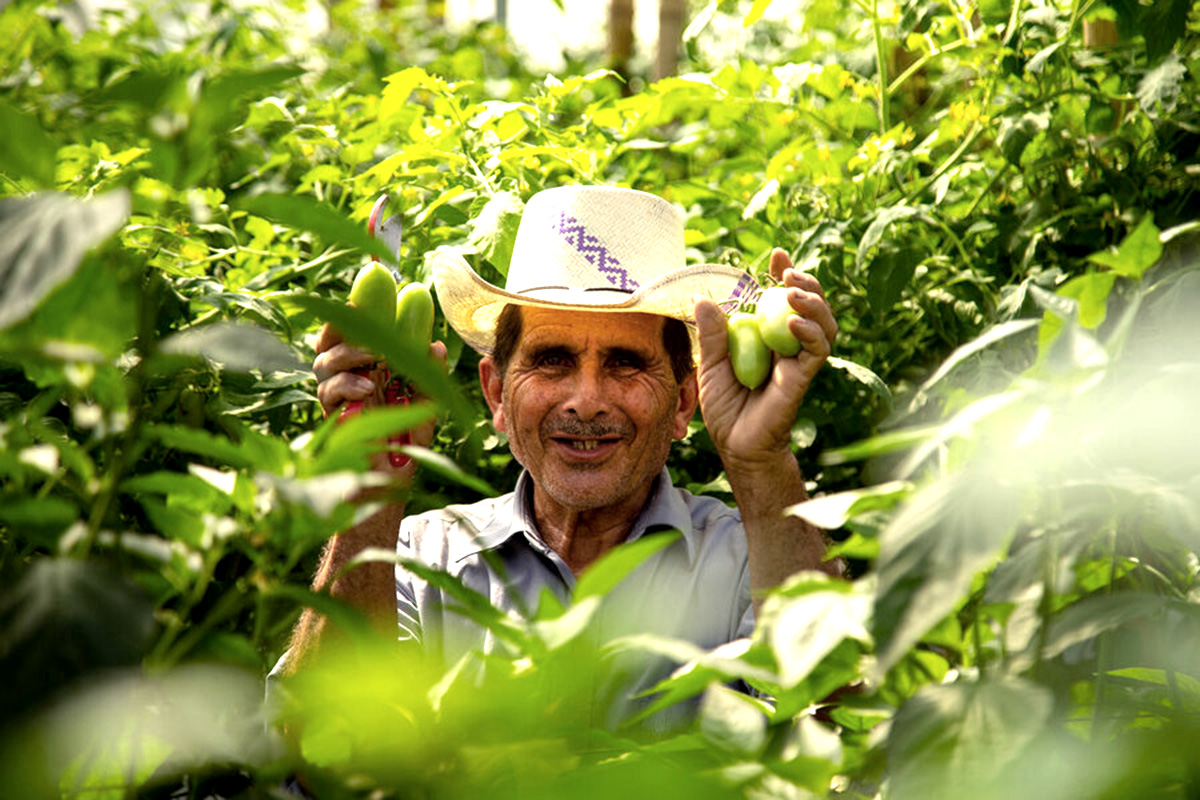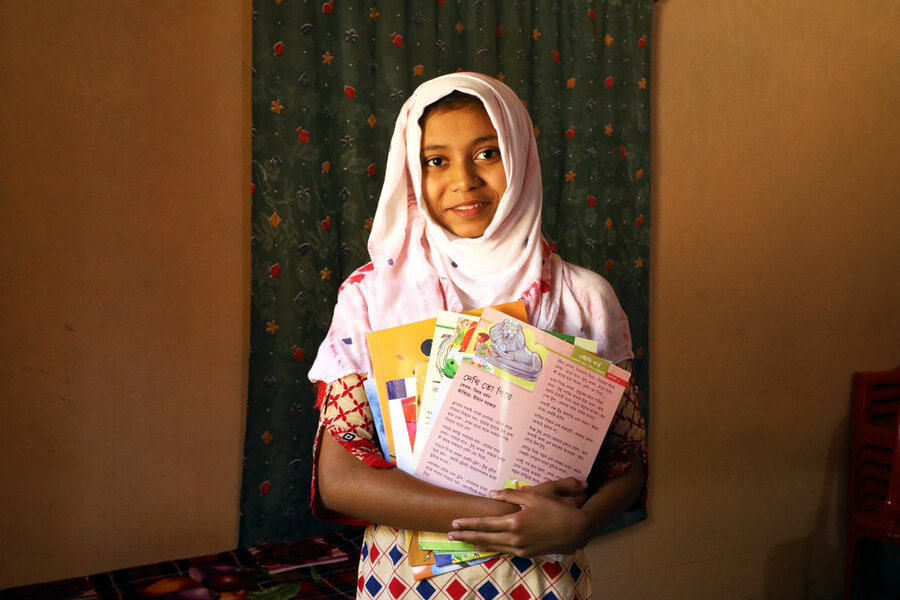Food prices across the country are skyrocketing — the cost of basic food items is up a staggering 313 percent on figures for 2019. Today, a record number of Syrians don’t know what they will eat tomorrow. Each month, over 400 WFP staff are at hand providing life-saving food to 4.8 million people across Syria — together with nutrition assistance, this is critical for families struggling to rebuild their lives after a decade of conflict. They face unprecedented challenges to buy the basics, including medicines, and to continue sending their children to school.
WFP
Honduras: Climate change, coronavirus and caravans
Earthworms are our ecosystem’s unsung superheroes
Rania and Abdallah’s story is inspiring. It reminds us all that even in a city’s darkest moments there are people who stubbornly refuse to give up and let tragedy define their lives. Instead, they are doing everything possible to build a better life for their son. They are among 4.8 million people in Syria that WFP reaches with assistance each month. Abdallah was born blind while Rania has 1 percent vision. Their son is not visually impaired. The couple have lived in Aleppo throughout the conflict and today receive WFP support for their basic needs. While many families mourn the loss of Aleppo’s beauty, having seen the city they love destroyed, Rania and Abdallah paint a shocking picture of enduring a conflict through what they’ve heard and sensed.
Mayramou Hamadou wears a smile on her face like a badge of honour. Though the mother of four doesn’t own land, she is part of a community effort that feeds the town of Mayo-Moskota, in Cameroon’s troubled Far North region. This year, the 47-member Klakil Farmers cooperative — of mostly women supported by the World Food Programme (WFP) — has harvested over 100 kg of peppers from its 7-hectare plot. Its members include longtime Mayo-Moskota residents but also displaced people like Mayramou, who fled the Boko Haram insurgency that has gripped this region and parts of neighbouring Nigeria too.
People in Yemen face famine unless the world takes immediate action, the World Food Programme WFP), warned this month. Nearly 50,000 people in Yemen are already living in famine-like conditions, with 5 million just a step away. The UN estimates nearly 250,000 people have died during Yemen’s six-year war, including more than 131,000 people from the indirect consequences of conflict, such as lack of food, health services and infrastructure — the situation in the country is worse now than it has been at any point since 2015. Despite ongoing humanitarian assistance, 16.2 million Yemenis are food insecure.
David is learning to grow avocado, green peppers, chillies, rapeseed leaves and potatoes using hydroponics techniques. “My dream is to become a hydroponics expert,” he says. Hydroponics is a soilless cultivation technique that enables plant growth all year round. It uses up to 90 percent less water and 75 percent less space than traditional agriculture, while growing crops 100 percent faster. The 13-year-old lives in Kitwe, Zambia — a country of 18 million people whose food security is threatened by extreme weather caused by climate change.
The COVID-19 pandemic risks reversing a decade of hard-won gains in global efforts to provide nutritious food to the world’s most vulnerable children through a free daily meal in school. One in two schoolchildren, or 388 million children worldwide, were receiving school meals when the pandemic struck, the highest number in history, according to the State of School Feeding Worldwide report. By April 2020, 199 countries had closed their schools and 370 million children were suddenly deprived of what for many was their only nutritious meal of the day.
Better health and nutrition allow children to learn and perform better, broadening their educational opportunities. School feeding empowers girls by dissuading parents from marrying them off early, acts as an incentive for families to enrol and keep children in school, relieves parents from having to budget for lunches. The WFP strategy (2020 – 2030) lays out its vision of working with governments and partners to jointly ensure that all primary schoolchildren have access to good quality meals in school, accompanied by a broader integrated package of health and nutrition services.
Climate change is intensifying extreme weather events hitting the country, leaving almost half the population of 15 million unsure of where they’ll find their next meal. At the peak of this hunger season, 3.4 million people, more than a third of the entire rural population, are expected to face emergency or crisis levels of hunger. Over the past two decades, droughts have proved an insurmountable challenge for the smallholder farmers who produce most of the country’s food. Floods and cyclones strike, too, and things are only expected to get worse. Climate scientists anticipate severe droughts in Zimbabwe to increase by 21 percent over the next few decades which could lead to enormous losses.
El Salvador: Growing ‘green gold’ in Central America’s Dry Corridor
Four years ago, the village of Duduwa, in the district of Banke in the south of Nepal, was hit by heavy monsoon rains. Crops were destroyed. Food insecurity in one of the world’s poorest countries got worse. Last July, WFP distributed cash to 2,700 people in the flood-prone Banke and Bardiya districts, targeting families headed by disabled people, older people, and women. In this article, they share their stories of loss and devastation. The Sunars lost cherished family photographs in the floods. WFP-distributed cash support provides vulnerable communities with the means to secure essential items in anticipation of floods.
Spurred by the pandemic, inequality between students threatens to grow deeper and wider in 2021. The lack of technology at home and limited connection to the internet, together with economic instability, puts girls, rural students and socio-economically disadvantaged children at risk of being left behind. Thanks to school meals and remote learning resources, students like Fatema can continue to learn and grow at home while schools remain closed in Bangladesh. “I have been studying on my own at home [during the pandemic] and my sister helps me with my studies,” says Fatema. “I like studying on my own because nobody disturbs me, but I will feel very good when the schools reopen.”

